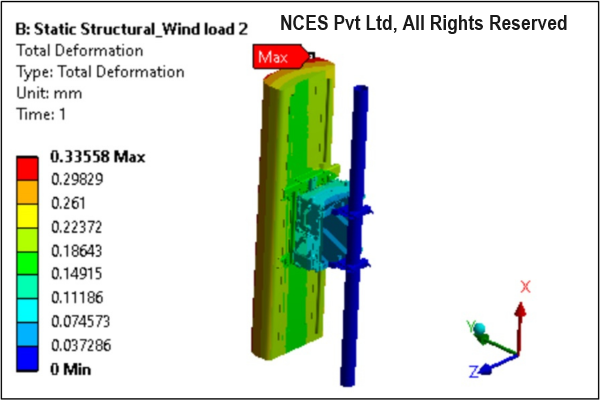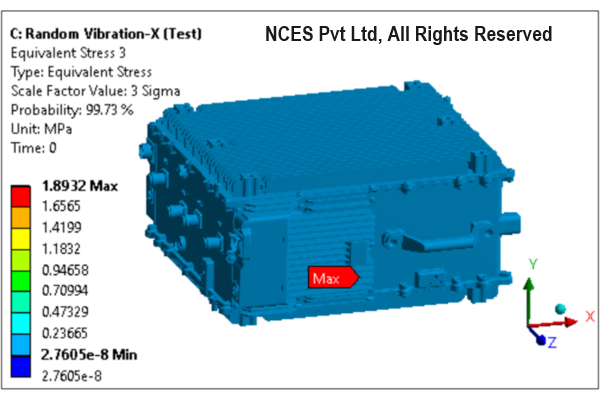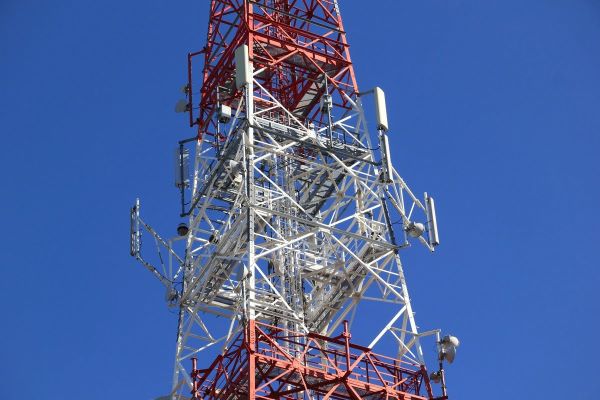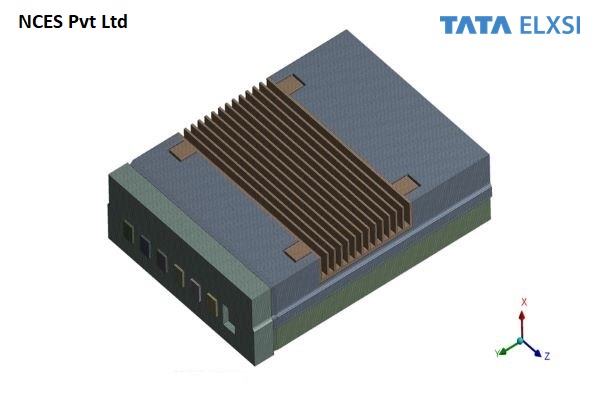INTRODUCTION
The advancement of wireless communication technology has led to the widespread use of remote radio units in various applications. These units, also known as RRUs, are integrated frequency units that connect to an operator's network through user mobility devices. By utilizing RRUs, mobile network operators can improve coverage, reduce latency, and enhance signal quality. This ultimately increases network efficiency and reduces costs associated with capital expenditures and operating expenses. Tri-Band Remote Radios, as their name suggests, operate on three different frequency bands simultaneously. These radios play a crucial role in modern wireless communication networks by transmitting and receiving signals between the base station and user devices. The ability of triband remote radio units to handle multiple frequency bands simultaneously has gained significant attention. Furthermore, the implementation of Massive MIMO technology enables the simultaneous transmission and reception of multiple data streams, allowing a large number of users to enjoy fast and reliable connections simultaneously.In this project, we performed FEM analysis to check strength of the triband antenna model for the given load conditions. FEM analysis is carried out as per the load conditions provided by the customer. We carried out Modal Analysis, Sine sweep Analysis (Harmonic Analysis), Random Vibration Analysis, Shock Analysis, Seismic Analysis, and Wind load Analysis.

PROJECT OVERVIEW
Our esteemed Client is a subsidiary of the renowned TATA group, which happens to be Indias largest conglomerate. They are currently engaged in the development of a cutting-edge Triband 5G Remote Radio Unit (RU) that complies with the ORAN 7.2x standards. Recognizing our expertise in the field, the Client has entrusted us with the responsibility of conducting Finite Element Analysis (FEA) for an assembly comprising the Remote Radio Unit, mounting pole, and antenna. The primary objective of this analysis is to thoroughly examine the dynamic behavior of the Triband Remote Radio Unit and ensure its optimal performance and reliability, in strict accordance with the industry standards outlined in ETSI EN 300 019-2-4 V2.4.1. We are honored to have been chosen for this significant project and are committed to delivering exceptional results.
ETSI EN 300 019-2-4 V2.4.1 STANDARDS
In the Telecom Industry, the European Telecommunication Standards (ETSI EN 300 019-2-4 V2.4.1) is widely recognized as a standard of utmost importance. It plays a critical role in ensuring the reliability and performance of equipment. By delving into this standard, Engineers can develop a comprehensive understanding of its significance and how it contributes to maintaining equipment integrity in various environmental conditions.
FEA MESH
FEA model of the enclosure assembly of Triband Antenna consists of approximately 3.8 million nodes and 2.1 million elements, utilizing higher order Tetrahedral and Hexahedral elements. To ensure proper functionality, appropriate contacts have been defined between all the parts in the assembly. Furthermore, the necessary material properties and boundary conditions have been applied.
MODAL ANALYSIS
Modal Analysis: Modal Analysis looks for Natural Frequencies and Normal modes of a structure. We can find the natural frequencies of an object so that we can create or avoid resonance. 99% of the time we want to avoid resonance to protect the structure.
FEM ANALYSIS CASES CONSIDERED
Sine Sweep Analysis in X, Y and Z directions Random Vibration Analysis for Test Severity Shock Analysis for Characteristic Severity & Test Severity Seismic Analysis for Zone 4 as shown in the curve Wind Load Analysis for different mounting condition
Detailed report explaining factor of safety calculations, Stress plots, deformation, Frequency- acceleration response graph is submitted to the Client.


We Got More
Go through All Our Case Studies

CFD analysis of Multi Band Remote Radio Unit (RU)
The advent of 5G technology has brought about unprecedented advancements in wireless communications, enabling faster speeds, lower latency, and increased capacity. These advancements are associated with higher power consumption and increased heat generation in the 5G Remote Radio units.Increasing data rates and network densification require radio units to process larger volumes of data, leading to higher power consumption and heat generation. Environmental factors such as ambient temperature, humidity, and exposure to direct sunlight also impact the thermal aspects of the radio units. Read More
Wind Load analysis for multiband 5G Remote Radio Unit with Antenna using CFD
The seamless operation of base station antennas is of utmost importance for efficient and reliable communication networks. However, these antennas are constantly exposed to various environmental factors that can affect their performance and structural stability. Among these factors, wind load plays a significant role. Read MoreDEVELOPMENT OF COOLING SOLUTION FOR GaN RF POWER AMPLIFIER
The demand for high-power and efficient radio frequency (RF) power amplifiers has been steadily increasing across various industries, including wireless communications, radar systems, and satellite communication. GaN (Gallium Nitride) technology has emerged as a game-changer in RF power amplification due to its exceptional performance characteristics and advantages over traditional technologies. GaN technology offers higher power density, improved efficiency, and wide bandwidth capability, setting it apart from traditional technologies like GaAs (Gallium Arsenide) or SiC (Silicon Carbide). Read More
AERODYNAMICS ANALYSIS OF TELECOM TOWER STRUCTURE
By meticulously considering the principles of aerodynamics in the design of telecom towers, engineers can effectively reduce wind induced vibrations. This not only enhances the overall experience for everyone but also guarantees the towers long term structural integrity and stability. Read More
Structural analysis for 5G Remote Radio Unit (RRU)
The advent of 5G technology has revolutionized the telecommunications industry, ushering in a new era of ultra-fast data speeds, low latency, and advanced network capabilities. Amidst this transformative landscape, the 5G Remote Radio Unit (RRU) emerges as a critical component, playing an instrumental role in the deployment and optimization of 5G networks. With 5G networks, RRUs have evolved to handle higher data volumes and faster speeds. They are designed to support an increasing number of devices and provide seamless connectivity even in densely populated areas. These modern marvels are a testament to the incredible progress made in wireless technology. Read More

